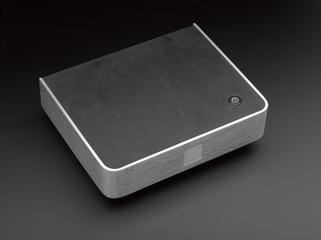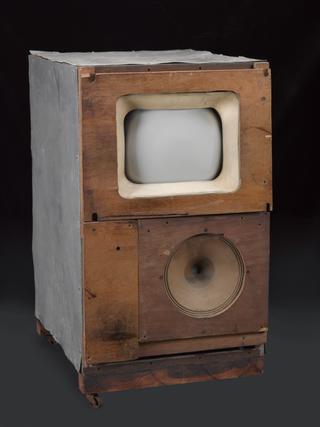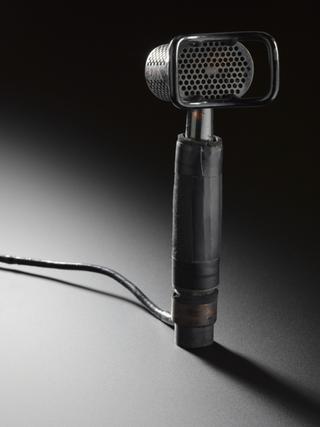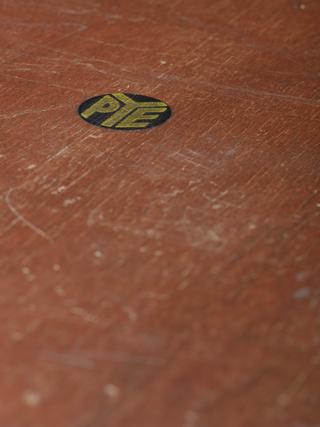
Baird televisor
- Made:
- circa 1925 in United Kingdom
- maker:
- John Logie Baird

Baird televisor (without cover or rear tube) from the Plessey Museum. The transmitting portion of John Logie Baird's (1888-1946) original mechanical television apparatus.
The transmitting portion of John Logie Baird's (1888-1946) original mechanical television apparatus, made in the United Kingdom, c. 1925.
Baird’s television apparatus was basic but effective. He fitted 30 lenses in a spiral on a cardboard disc cut from a hat box and attached a darning needle as a spindle. This was connected to a motor mounted on an old tea chest which turned the disc. As the disc rotated, each of the lenses scanned a different part of the subject and reflected light, via a charged photo-sensitive cell, to a receiver. This idea was first suggested by the German physicist Paul Nipkow (1860-1940) in 1884 but he did not have the technology to fully realise its potential.
In April 1925 John Logie Baird demonstrated his ‘Shadowgraph’ (producing silhouette images) at Selfridges department store in London. Later that year he succeeded in producing a 32-line moving image with grey scale gradations (the key to recognisable television pictures) and on January 26 1926 he gave the world’s first public demonstration of television using this original apparatus.
Details
- Category:
- Television
- Object Number:
- 2001-5037/1
- type:
- televisor
- credit:
- The National Media Museum, Bradford




